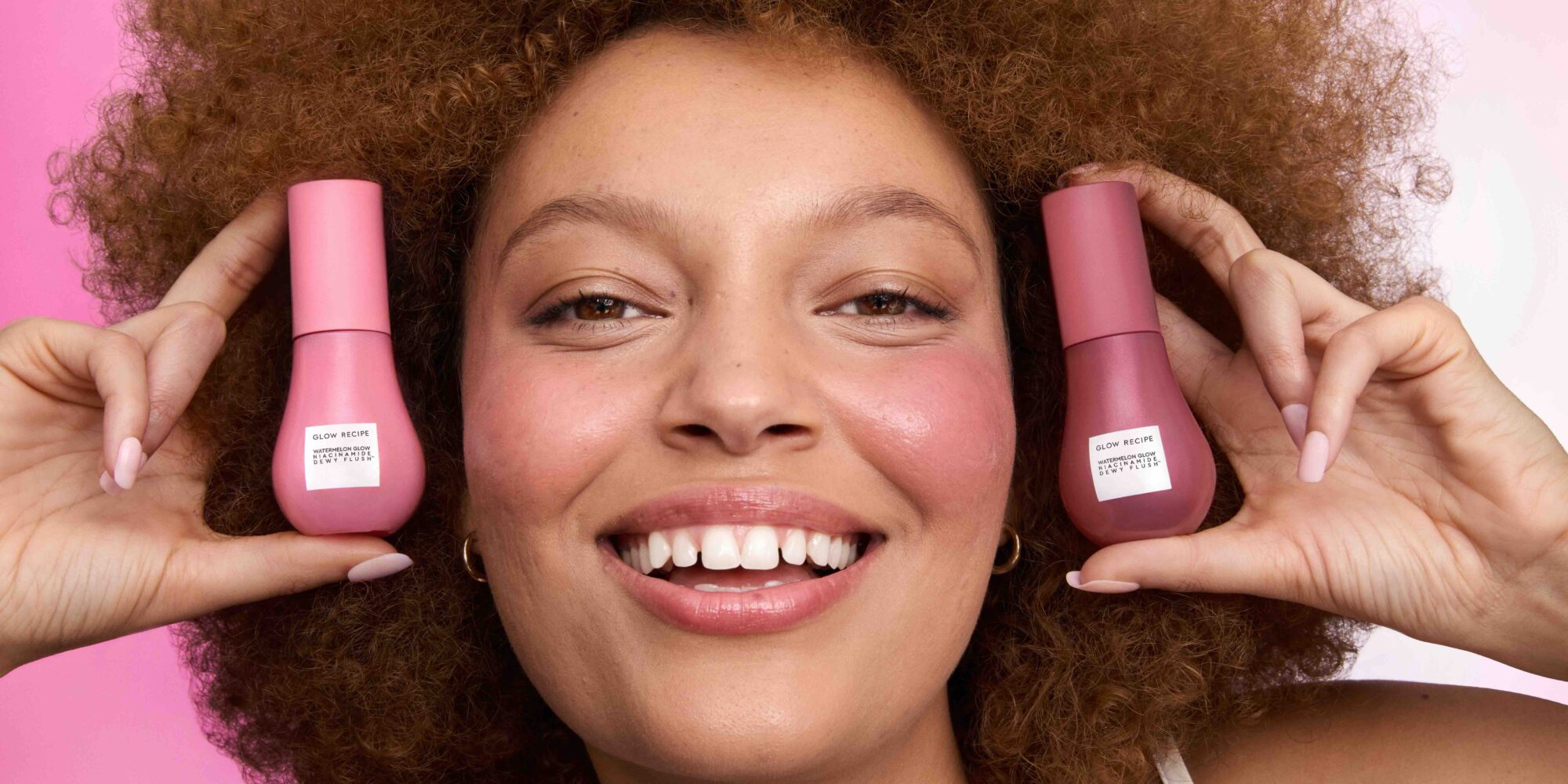
How Glow Recipe Became Sephora’s No. 1 Indie Brand
What does it take to be the No. 1 indie brand at Sephora globally? For Glow Recipe, which is also in the top five brands overall at the beauty specialty chain, seven years of an exclusive retail partnership, a minority investment from private equity firm North Castle Partners, two founders who cut their teeth at L’Oréal, K-Beauty’s resonance, strategic product and distribution expansion to maintain momentum, and a bit of luck.
Glow Recipe’s latest move to extend its reign as Sephora’s leading indie player is entering endcaps in 277 top-performing North American doors—209 in the United States and 68 in Canada—in addition to its six-shelf linear display. The endcaps are timed with the brand launching Watermelon Glow Niacinamide Dewy Flush, a tinted serum that lends a sheer wash of color to the cheeks while addressing hyperpigmentation, a claim backed by clinical results and in-store before-and-after images.
The product builds upon Glow Recipe’s widely popular Watermelon Glow Niacinamide franchise anchored by the highlighting serum Watermelon Glow Niacinamide Dew Drops. The franchise is the star of the new “Glow Hues” endcaps in Sephora strategically placed between the makeup and skincare aisles.
The top shelf of the endcaps house Dewy Flush and showcases clinical claims and images to illustrate the product on a variety of skin tones; the shelf below it features Watermelon Glow Niacinamide Hue Drops, a bronzing entrant in the franchise, in the Sun Glow and Rosy Glow shades; and the bottom shelf contains Watermelon skincare products to foreground skincare prep, but later will be swapped out for additional Glow Hues releases.
When Glow Recipe was developing Dewy Flush, it had a skincare manufacturer and a makeup manufacturer compete to produce the product. Co-founder Sarah Lee says, “We asked them to start with a base like our Dew Drops product and add a sprinkle of tint, not the other way around. The skincare lab’s submission far exceeded our expectations.”
Consumer interest in Dewy Flush, which can be layered under or over makeup, but doesn’t aim to replace it, has been robust. Dewy Flush had a 35,000-person waiting list at launch, and on Monday last week, the day Beauty Independent spoke with Lee and her Glow Recipe co-founder Christine Chang, the product’s landing page was the most visited of any page on Sephora’s website.
Glow Recipe’s Sephora endcaps come as beauty retailers are furiously trying to capitalize on the K-Beauty boom. Along with amplifying Glow Recipe’s presence, Sephora has added K-Beauty brands Aestura and Biodance to its assortment. Ulta Beauty has added Anua to its assortment after bringing in K-Beauty brands such as Rael, Ma:nyo, Mediheal, Skin1004, Dearcloud and Knours last year.
According to Horizon Grand View Research, the K-Beauty market in the U.S. is expected to advance at a compound annual growth rate of 8.8% from 2023 to 2030, reaching nearly $43 billion from just under $22 billion in 2022. South Korea is the third-largest exporter of cosmetics in the world, and its cosmetics exports rose 20.6% to $10.2 billion last year, up from $8.46 billion in 2023, per the country’s Ministry of Food and Drug Safety.
After a decade of championing K-Beauty in the U.S. (Glow Recipe helped Sephora design its first K-Beauty installation in the 2010s), the brand surpassed $300 million in sales last year and the publication Business of Fashion pegged it as one of the most sought-after M&A targets. We talked to Glow Recipe’s Korean American co-founders about how it’s become the most successful indie brand at Sephora and why it’s chosen to remain exclusive to it.
How has your space in Sephora grown?
Chang: We started on the Next Big Thing wall in May 2017, which was great for us. It was at all doors, but it was literally two products: a navy blueberry balance cleanser and the watermelon mask, which still looks like the product we have on shelves today.
That cubby eventually became a larger cubby with more products, and then it became an endcap in 2018. Then, our space grew from an endcap to a gondola in 2021, to the six-shelf linear, which is one of the largest spaces you can have in-store, in 2022.
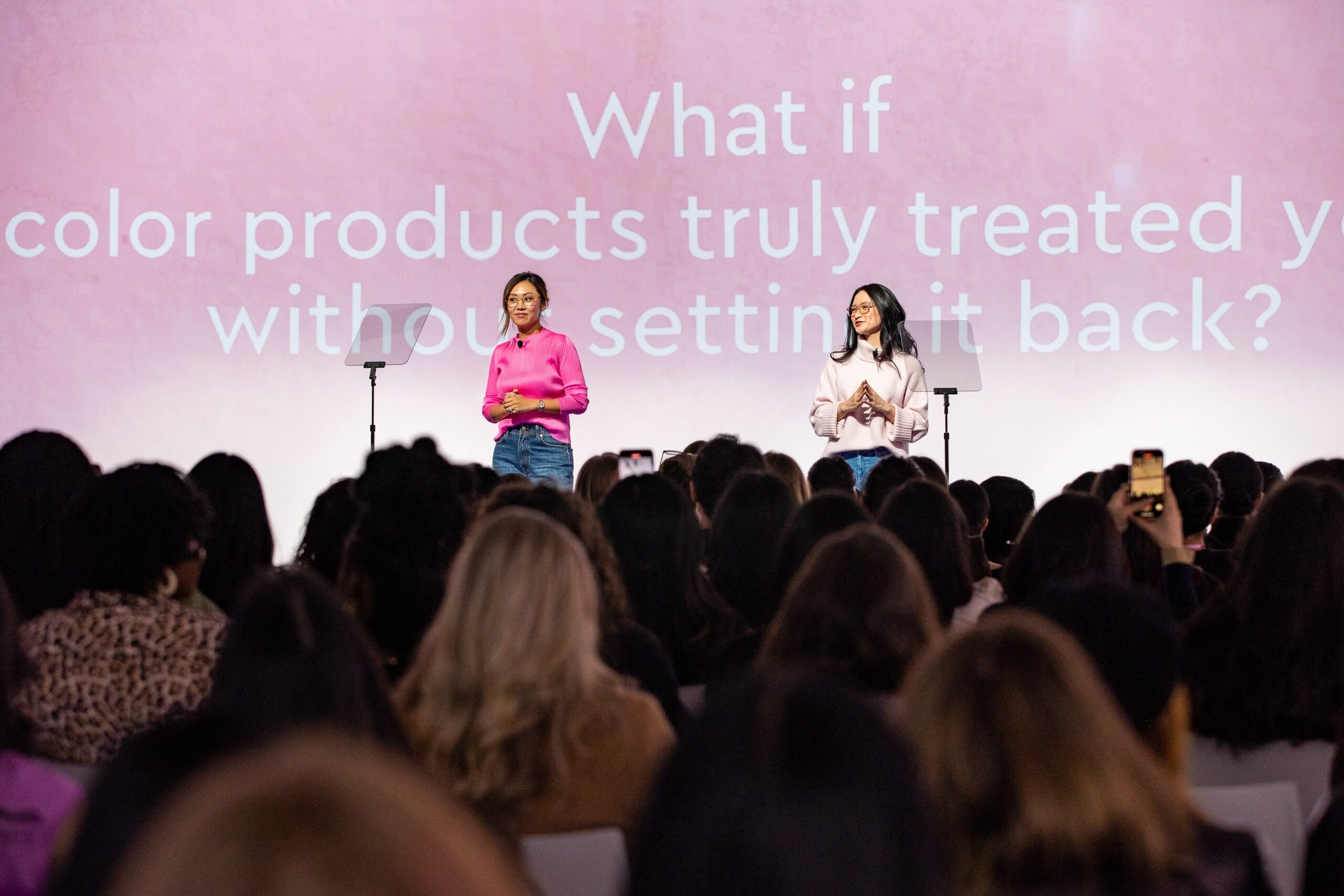
What makes Glow Recipe’s endcap rollout now notable?
Chang: I don’t think any skincare brand has ever had a linear and an endcap. It’s a dream come true. Having the space to story tell surrounding this launch is exciting for us, but this is meant to be a part of Glow Recipe’s store presence on an ongoing basis.
Sephora understood that this is not meant to be makeup with skincare. This is fundamentally skincare. Even the pigments themselves are coated in jojoba oil, for example. The entire category really needs that dedicated education. Every single product in the Glow Hues endcap will be accompanied by before-and-after photos to show how they benefit skin over time.
How will you shape Glow Recipe’s assortment into 2025 and beyond?
Lee: We want to continue to do what we do best, launch skincare innovations that have not really been done before. You’re going to see innovations in both verticals, tinted and traditional skincare, especially skincare that’s inspired by Korean technologies. Some of the products have very unique textures, which is what people love about Korean innovations.
We also gave a small teaser at our Glow Conference a couple of weeks ago in New York for our new lip product launching in May, and it’s going to live in the new endcap. We love the color, and from a skincare perspective, it is game changing. Your chapped lips will be transformed overnight.
Speaking of K-Beauty, do you feel there’s still a lot of K-Beauty innovation to bring to the U.S.?
Chang: When we started Glow Recipe in 2014, there was a lot of conversation around very complex K-Beauty routines when, in reality, Korean beauty is very much about a philosophy and approach, at least the way we grew up with it. It is a joyful self-care routine.
We wanted to make it approachable for our global audience: the idea of layering hydration, bringing to market formulas with some incredible technologies like fermentation, high concentrations of certain ingredients and beautiful textures, all which worked to deliver results, but made you really happy.
Now the question is, “OK, what’s next?” One of the most interesting trends is a very clinical approach, which makes sense because Korea has such an advanced dermatological culture. As importantly, the Korean approach to these clinical ingredients and formats prioritizes gentleness. It’s not about getting results overnight, it’s about results over time.
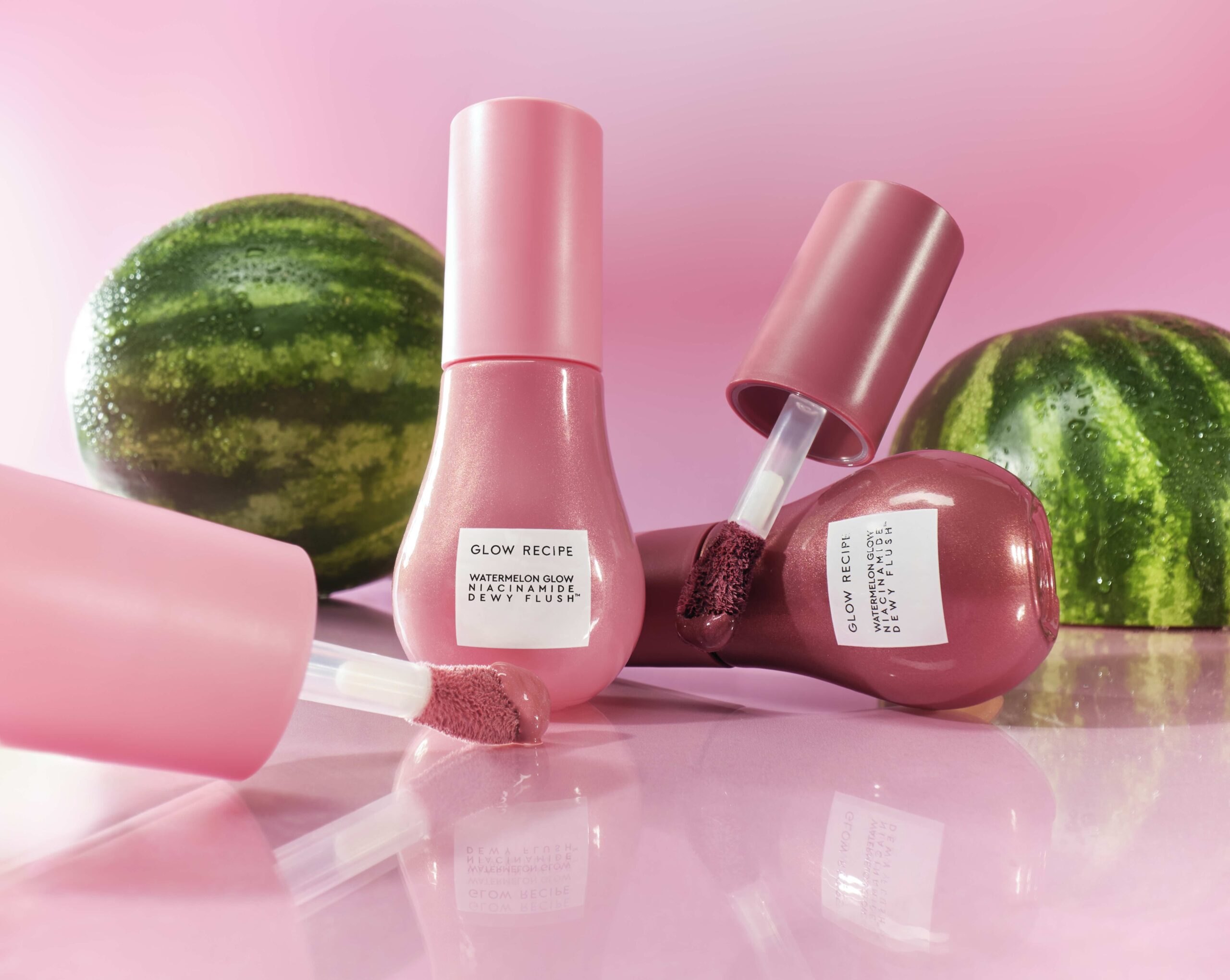
How does Glow Recipe plan to expand distribution?
Lee: We plan to go wider in existing markets. For example, we launched in about 40% of the Sephora distribution in Europe last year and will be in nearly full distribution this year, which is really exciting. We launched in quite a few new [Sephora] markets in 2024, including the EU, Brazil and Mexico. We are very much focused on growing within these existing markets.
How are you powering the brand’s global expansion in terms of funding?
Lee: Since we received a minority investment from North Castle Partners in 2021, we haven’t had any additional funding. We’ve been able to achieve what we have because we’ve been really tight with our P&L management. We have a very strong profit [margin] right now. As we continue our expansion, we make sure to never lose sight of the nimbleness we’ve had since day one, which has been helpful as we manage our P&Ls.
How did you make the decision to remain exclusive to Sephora?
Lee: Before we launched our own brand, Glow Recipe was a Korean skincare e-retailer site. During that time, we were tapped by Sephora’s merchants to help them launch their first-ever Korean skincare animation. It was nationwide, on all of their windows, their front-of-store tables along with a digital campaign. We were part of selecting and curating some of the brands and products from our website. That started our relationship and partnership with Sephora.
When the time came for us to launch our own brand, we pitched it to the head merchant at the time, Artemis Patrick, who is now the first female CEO of Sephora. We brought our lab sample in a white jar with an iPad with a concept slide and pitched it during a casual lunch.
She took the formula, smelled it, touched it and fell in love with it and the philosophy of the brand. She told us we needed to launch it at Sephora right away. Coming from our former roles at L’Oréal, we knew that Sephora knew how to discover and nurture indie brands. They really understood how to boost awareness of the brand by telling the story from the brand’s perspective, not the retailer’s perspective.
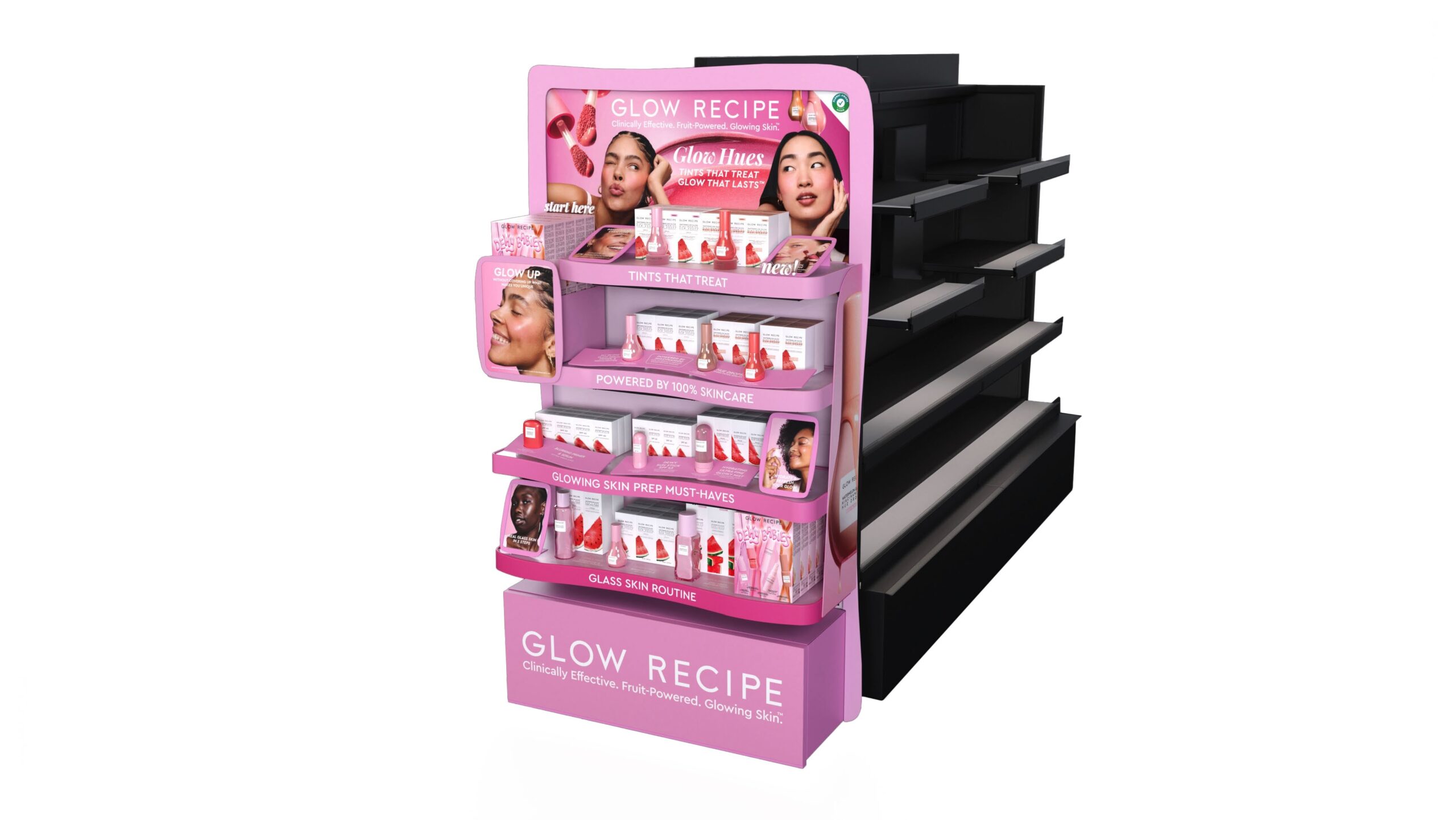
How would you describe your approach to marketing?
Lee: We’re so focused on community, anything that we do is based on that. In 2024, we did a masterclass tour across 12 different cities in the U.S. and Paris, London and Rio de Janeiro. It was pretty eye opening. Along the way, we visited Boston, D.C., Irvine, markets where we didn’t typically have launch events. What we found is that a lot of people were learning key usage tips for the first time.
We want to continue to find different touch points to educate our community across the globe and never assume that people know everything. Even something as simple as double cleansing, you might assume a lot of people are already incorporating that into their routines, but the reality is that’s not really the case. Some people do it, but maybe not knowing why or how to do so properly. We recognize the value of going back to the basics, focusing on the routine angle and making sure people understand the whys and hows of skincare routines.
When Glow Recipe launched, millennials were buying it. Now, it has gen Z and gen alpha customers. How does that change marketing?
Chang: I don’t know if it really impacts our marketing in the sense that our marketing has always been values-driven. It’s targeting skin concerns, and those concerns can be multi-generational. The other thing we try to do is be cognizant that anyone can be starting their skin journey at any age.
With things like Fruit Babies, our introductory kit, or education on our site, we’re always mindful that someone may be just getting into this and need a little guidance, an easy three-step routine to start off. Those touchpoints are there to ensure that people feel seen at every stage, regardless of their age.
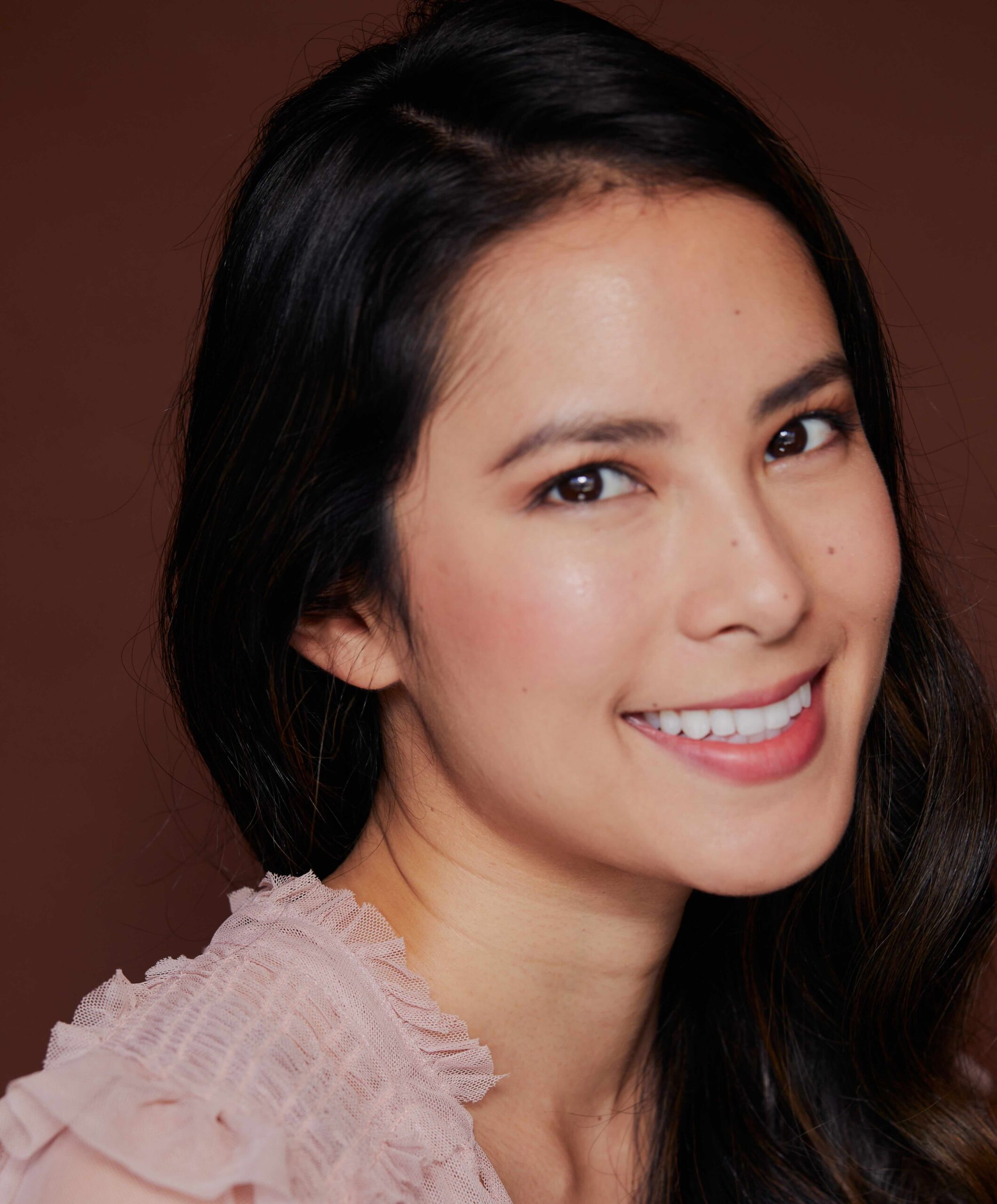

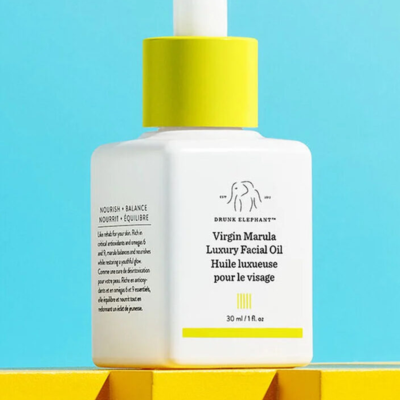

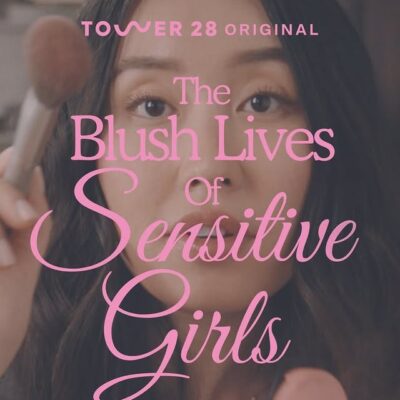
Leave a Reply
You must be logged in to post a comment.